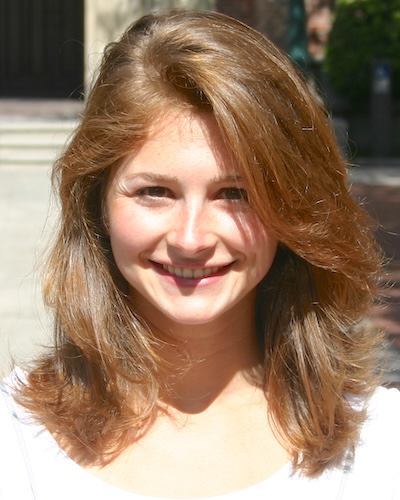Level I Fieldworks

April 24, 2011
by Amanda
Experience everything OT!
Throughout your first year, you will have various opportunities to go out into the occupational therapy field — FIELDWORK! The word “fieldwork” sometimes throws people off, as it in part sounds like you are an archeologist going to excavate. When I explain what fieldwork is to those outside of our academic community, I describe it as an internship, specifically a clinical internship. In OT school you have two types of fieldworks, Level I and Level II. I will begin here to explain what Level I fieldworks entail.
Level I fieldworks are relatively brief and allow for greater exposure to the many practice areas and settings of occupational therapy. As I had volunteered and worked primarily in pediatric settings before beginning the program at USC, I decided to use Level I fieldworks as an opportunity to see what else was possible to do with a Master’s in OT. In my first year we had these Level I’s structured in two ways: the dose model and the immersion model. For my dose model, I went once a week (on Thursdays I had the day off from class) to an upper extremity and hand rehabilitation outpatient clinic. At this site I primarily observed, but the OT who I was placed with allowed for hands-on opportunities when the client was okay with it. This included anything from feeling tightness of muscles, ligaments, and joints after the healing of bones, seeing the different procedures after carpal tunnel release surgery, and talking to the clients about their experiences.
My first immersion model experience of level I fieldwork was spending everyday of one week in the field of psychosocial practice at a school for adolescents that are considered “at-risk.” This site aims to lead the teens to becoming healthy, independent, and productive members of the community. Occupational therapy played a role in re-engaging the students in healthy behaviors and social interactions and preferred occupations. This was my first time seeing OT in mental health practice and the OT I was with allowed me to plan and lead therapeutic group activities as well as helped me develop my documentation skills.
My second immersion model experience was in physical rehabilitation at a large hospital system. This time, the experience was structured so I went everyday for two weeks. Again, never having seen OT in the various levels of care, I really benefitted from this experience. Throughout my two weeks, I moved from acute care, to inpatient care, to transitional rehabilitation services, to outpatient care. It was amazing to see the breadth of OT skills depending on where a patient is in their recovery. I especially enjoyed the transitional rehabilitation services as it was based in a residential setting. This home was remodeled to house all aspects of rehabilitation. There was a conventional gym for therapeutic exercises, but OTs used the kitchen, community garden, study room, bathroom and places throughout the community for their interventions. I absolutely fell in love with the structure of therapy at this level of care for all the possibilities of OT and the emphasis on returning to the community.
If you are starting to worry about how all of this gets arranged — don’t! We have two fieldwork coordinators that are experts in placing students. My part in all this was for each of these 3 fieldwork opportunities I had to rank the practice area I wanted to see and then list the geographic locations in Los Angeles that were the best for me. The fieldwork coordinators took care of contacting the sites and securing placements for students. The time off from class during the semester is specifically scheduled for fieldwork, so you get to go to the sites and experience OT!
⋯
Next by tag Fieldwork ⟩
⋯





